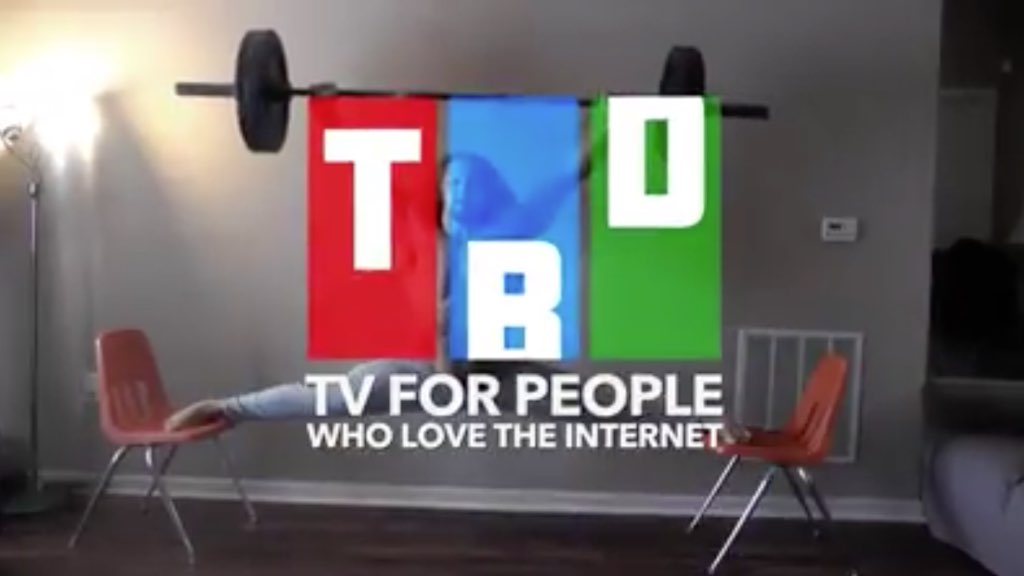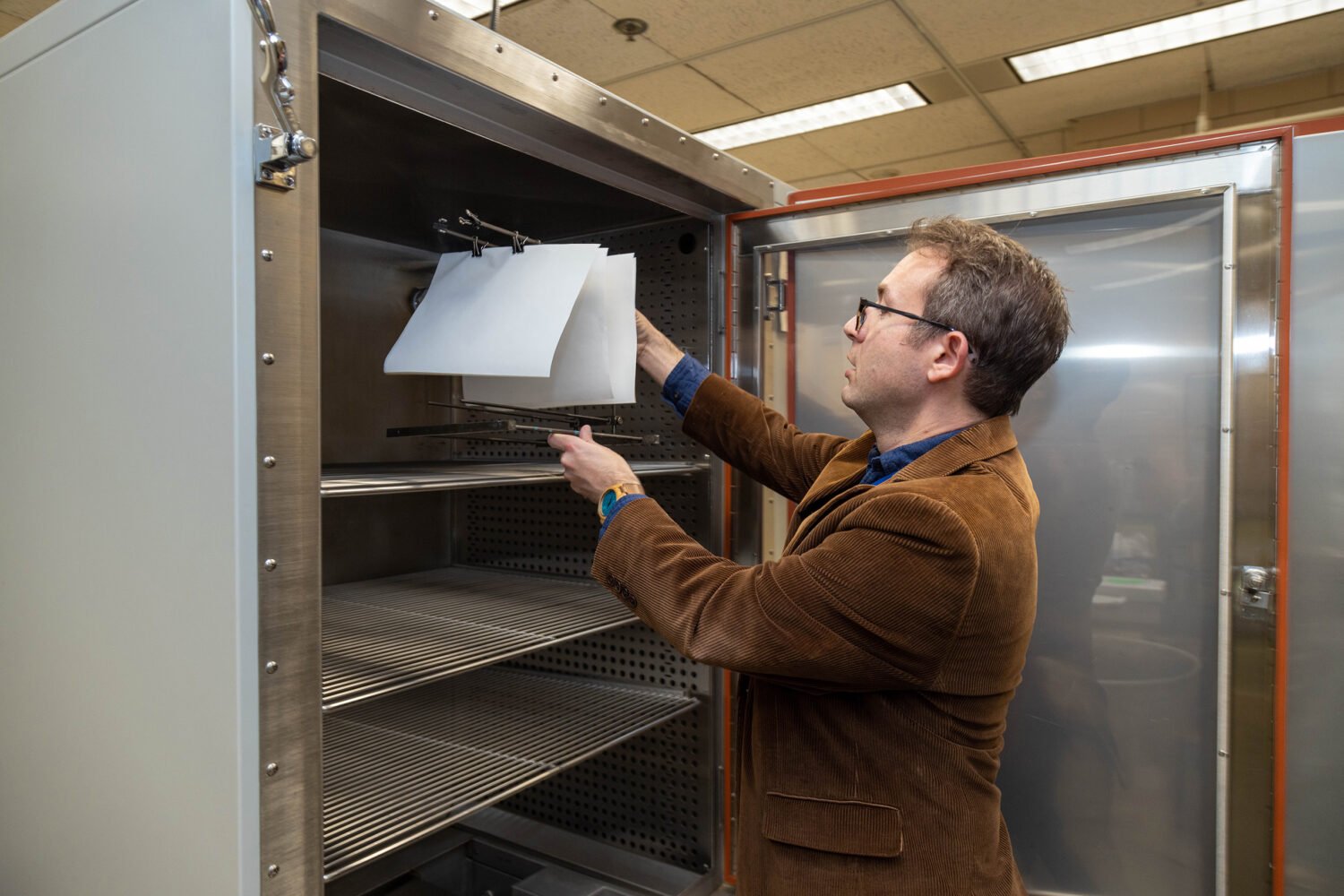You’d think the repo truck was heading straight for Bret Baier‘s house. “Sinclair Broadcast Group’s $3.9 billion deal for Tribune Media is putting Fox in a hole,” Jennifer Saba writes for Reuters. “With such a national broadcast footprint, it has the penetration to match Fox News’ audience,” Michael Wolff writes in the Hollywood Reporter. Sinclair “could leverage the cable and satellite retransmission deals for its TV stations to get carriage of a potential new news channel that could skew politically to the right of Fox News,” Stephen Battaglio writes in the Los Angeles Times.
Yes, Sinclair could challenge Fox. But will it? Even before the Tribune deal, Sinclair owned, operated, or provided services to 191 stations around the US. It’s definitely a right-leaning company that distributes “must-run” commentaries to its stations, awkwardly wedging conservative talking points between the weather, traffic, and mayhem that’s long been local TV news’s bread and butter.
Talk to anyone who works at a Sinclair station, however, and there’s little fear that the corporation would ever spend the money required to take on Fox, because that would mean spending money on people. The knock on Sinclair you’ll hear again and again is that the company will happily spend money on technology or acquiring more stations, but it can’t abide paying talent that much. The sense those people get from corporate is that if they quit over a stalled salary, 100 people would fight to take their place.
In the DC area, Sinclair’s WJLA has jettisoned anyone who might raise the eyebrows of someone hovering over a balance sheet, saying goodbye to Leon Harris, Maureen Bunyan, Bruce DePuyt, Gordon Peterson, Arch Campbell, Alex Parker, and Tim Brant among others. Sinclair has hired some national talent–it recently brought on Trump White House washout Boris Epshteyn as a political analyst. It also distributes a right-of-center weekly magazine show, Full Measure With Sharyl Attkisson.
Those hires, though, bear no similarities to the way Roger Ailes staffed up Fox News with $100 million of Rupert Murdoch‘s money. He may not have paid a ton for talent in the beginning–Bill O’Reilly was a journeyman anchor who’d burned through job after job before realizing the news business was “going in the direction of Rush,” as Gabriel Sherman wrote in The Loudest Voice in the Room, and Sean Hannity was a talk-radio host based in Atlanta–but after those men connected with audiences, Fox paid them very well. O’Reilly reportedly made $18 million last year, and Hannity brought in $29 million. But Sinclair employees will tell you their company is not a feed-well-the-golden-goose type of workplace.
So can you penny-pinch your way into prominence? Sinclair is also a bit shy when it comes to production values that signal to a mass audience that they’re watching Important Television. Attkisson’s show is anchored from a clean, modern-looking set, but her interviews can look as if they were shot in the break room of a tool-and-die company in Perkasie, Pennsylvania. Sinclair’s TBD.com adopted the scuttled URL and name of the unsuccessful digital Washington news startup it acquired when it bought WJLA from Allbritton Communications* and reanimated it as something possibly best-described as “YouTube videos on TV.” And Circa, another former digital darling bought at a fire sale, does a lot of glancing explanatory journalism, if that can be a thing. “By having a huge news organization we’re able to run a digital media site for much less than a pure-play startup could do” is how Sinclair executive chairman David Smith explained Circa to investors last November.
That focus on always doing things more cheaply points to another big issue: Sinclair’s debt load. In addition to its TV-station buying spree, Sinclair spent $350 million to acquire the Tennis Channel and has poured money into ventures like the American Sports Network and the Ring of Honor wrestling promotion. That’s run the company $3.2 billion in debt, almost as much as it agreed to spend to purchase Tribune, though Sinclair will also assume Tribune’s $2.7 billion debt when the merger closes.
None of this is to say Sinclair can’t build a national network of some sort: It already has! It’s just that what it builds in the future will probably look very different from a slick national cable-news channel. Remember, its stations are affiliated with multiple networks, which leaves news the most open window to efficiencies like content that can flow between many stations. Fox’s well-funded pirate ship launched before anyone knew how much cable news consumers could handle. We already know what’s happening with the audience for local TV news–“at the heart of Sinclair,” company vice president of news Scott Livingston told me a few months ago–and it’s not good. Sinclair may yet stitch together its hodgepodge of properties into a multi-platform juggernaut that can outlive local TV’s current business model, but for the moment at least, I believe Baier’s marble-topped end tables are safe.
* I worked at the old TBD.




















